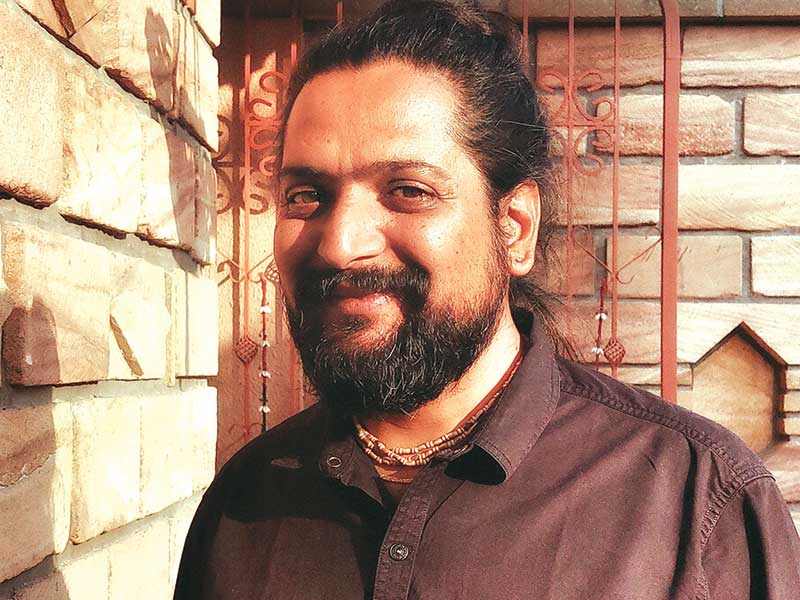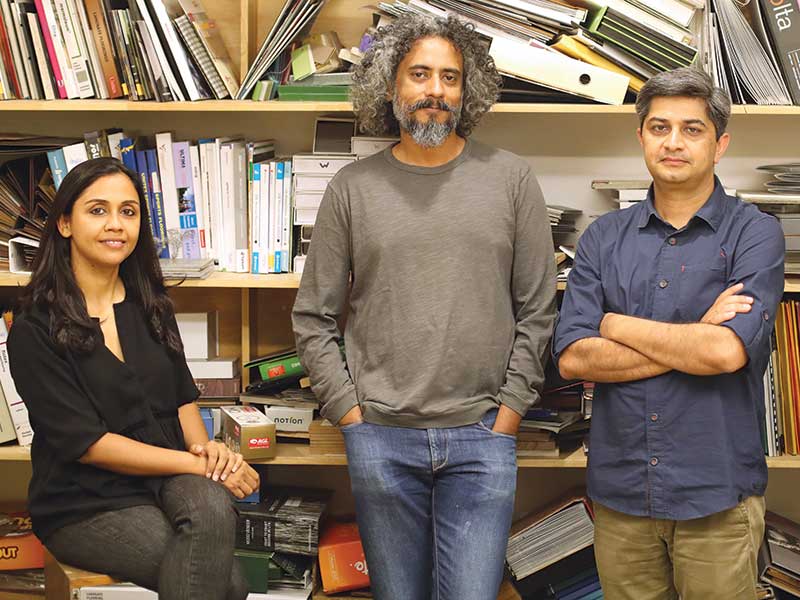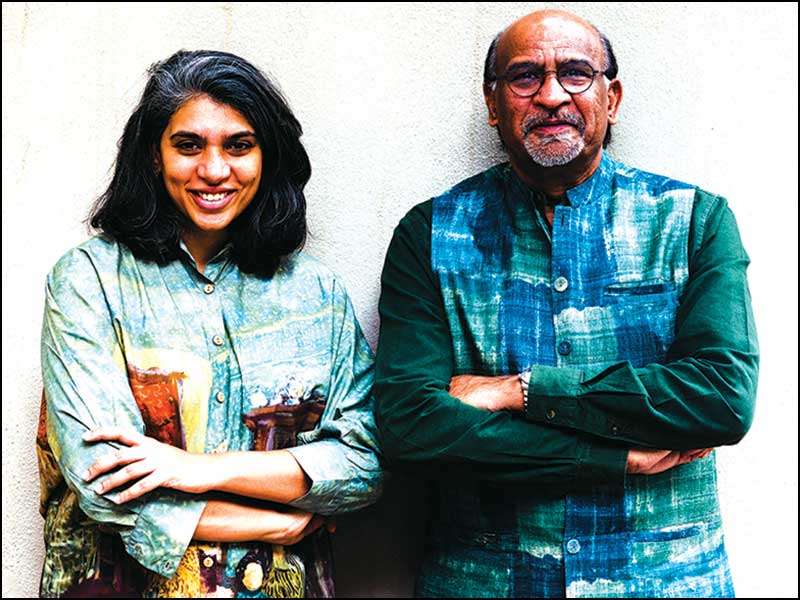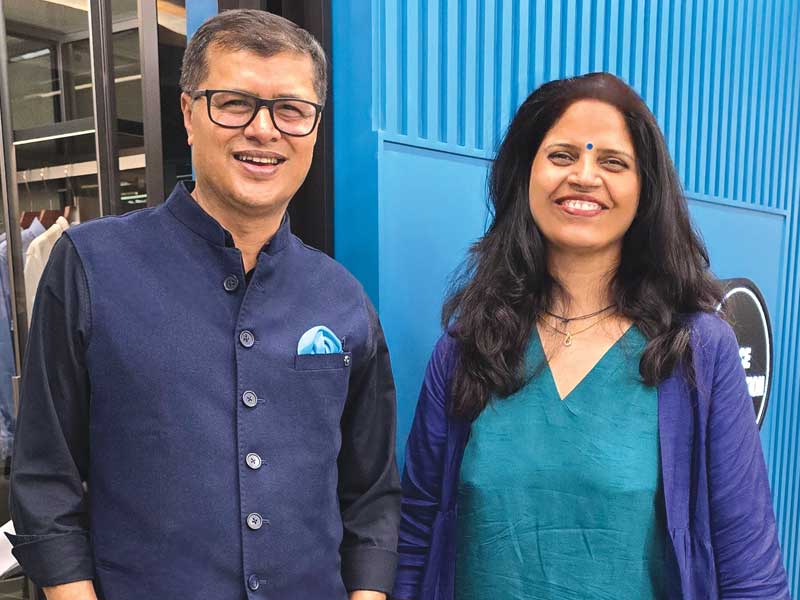
The world now has become really fast. Fashion changes every one or two months. New materials come in every 15 days, and smart phones every six months with new technology. However, amidst all this modernity and fast-paced lifestyles, we are also going back to our roots and adopting traditional methods to achieve better, more effective and long-lasting solutions. For instance, naturally grown food, which is being sold as organic food (at even higher rates!) was always there before the hybrid/chemically grown farming methods came into practice. Yoga, meditation, naturopathy and other ancient practices have become a trend and are preferred over newer ways of working out. Vegetarianism/veganism is in as are traditional medications and healing methods. Promoting khadi, local handicrafts and craftsmanship has revived people’s interest in them.
 Contemporary house in Vadodara
Contemporary house in VadodaraUnfortunately, as architects, these new age materials are just used blindly and not sensitively. For instance, using fixed glass on the south and west facades creates an oven-like effect inside the building, or using heat absorbing steel facades without studying the sun path movement, or using new pigmented materials instead of natural materials on the façade which would weather out and deteriorate in a span of 15 to 20 years. This is creating an urban mess in our society and for our coming generations.
Even though brick, stone, bamboo, mud and timber are timeless materials, but, as per the requirements of our fast-paced lives it doesn’t seem that these materials are going to make a complete comeback. So, instead of focusing on old or new trends, one should make a sensible and appropriate selection of materials from the wide range available.















